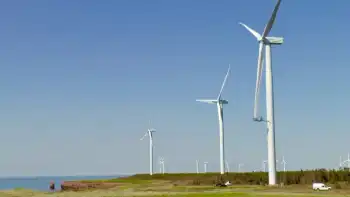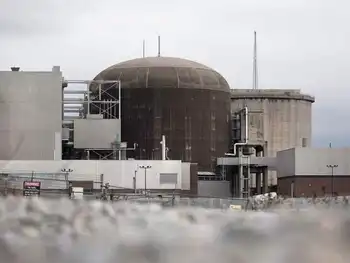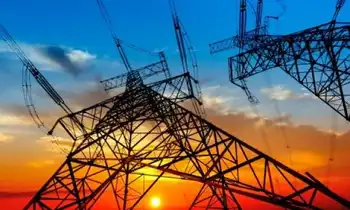Nuclear Plant Repair Costs Soar
PICKERING -- - A public inquiry is needed to find out why the rebuilding of the Pickering A plant is $1 billion over budget and still months from getting back online, according to Energy Probe.
"This is out of control," Tom Adams, head of the consumer and environmental group, said of the rebuild of the Pickering A plant on the shore of Lake Ontario.
Energy Probe has long been critical of nuclear power, arguing that it's too costly and unreliable. Ontario is not the only province where nuclear power plants have required expensive repairs.
In New Brunswick, provincially owned NB Power is looking for a partner to help pay for a refurbishment of its Point Lepreau nuclear station, slated to cost $845 million.
In Quebec, the Gentilly II reactor is operating near Trois-Rivieres after an expensive refit in the late 1990s.
Ontario Power Generation, which owns the Pickering complex, said the cost of rebuilding four Pickering nuclear units designed and built in the late 1960s and early 1970s could be almost $2.5 billion.
That's more than twice what was originally estimated by OPG, the province's publicly owned dominant power supplier.
"We need disclosure," Adams said. "We think that the Ontario Energy Board ought to convene a hearing and get OPG in to provide sworn evidence on what the heck is going on."
Pickering A has been out of service since 1997. The four reactors were originally scheduled to be back in operation last summer — when shortages forced Ontario to import higher-cost electricity to meet demand.
Now, OPG expects one unit to reach the "commissioning" stage in the first quarter of 2003, a testing process which the utility says could take one to three months.
The remaining three units will be reassessed once the first unit is back online.
Adams suspects an undisclosed problem or array of problems in the design or construction of the reactors.
"The public's entitled to know what is causing these problems, and I think once we get the information on the table it will be abundantly clear that the best way out of this situation is to simply stop spending any more money on three of the units," Adams said.
He noted that Darlington, an Ontario nuclear project started in 1981, required four years of commissioning and cost $11 billion, far above its initial $2.5-billion estimate.
"We have seen these problems repeated going back into the early 1970s," he added. "It's 30 years of the same garbage — nuclear projects are always over budget, they're always behind schedule, they always find exotic technical problems. And never, ever, ever in history have any of the people responsible for these screw-ups ever been held accountable for it."
Further delays, Adams said, mean more costs for consumers, partly though higher rates to cover imported power.
He also said the Pickering problems and uncertainty over when it will be operational have discouraged alternative energy investments.
The project's rising cost "translates into higher taxpayer-backed electricity debt, and ultimately higher electricity taxes to pay that electricity debt."
OPG chief executive Ron Osborne said the delays and higher expenses at Pickering A arise from "overly optimistic" early budgets, too much outsourcing of project management and lengthy environmental assessments.
He said the outsourcing was intended to allow OPG staff to concentrate on the Pickering B and Darlington sites. But it ended up producing "unrealistic deadlines, conflicting demand and poor overall management."
Opposition politicians have been calling for more information from OPG, including provincial Liberal energy critic Sean Conway, who wants the power producer to explain itself to the legislature or the Ontario Energy Board.
Even John Baird, Ontario's energy minister, has acknowledged unhappiness that the project is so far behind schedule and over budget.
Related News

P.E.I. government exploring ways for communities to generate their own electricity
CHARLOTTETOWN - P.E.I. Community Energy Independence empowers local microgrids through renewable generation, battery storage, and legislative reform, enabling community-owned power, stable electricity rates, and grid-friendly distributed generation across Island communities with wind, biomass, and net metering models.
Key Points
A program enabling communities to generate and store renewable power under supportive laws and grid-friendly models.
✅ Legislative review of Electric Power and Renewable Energy Acts
✅ Community microgrids with wind, biomass, and battery storage
✅ Grid integration without raising rates via Maritime Electric
The P.E.I. government is taking steps to review energy legislation and explore new options when…




